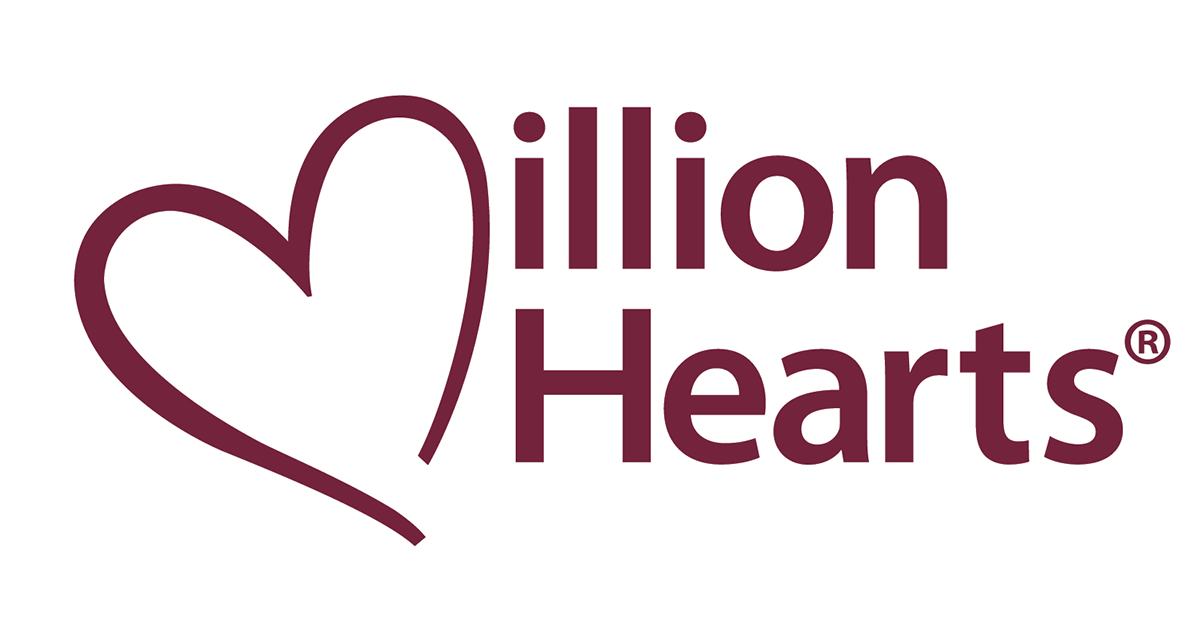As the nation marks American Heart Month this February, evidence from the Centers for Medicare & Medicaid Services, Mathematica, and RAND shows how a quality-improvement initiative with performance-based payments can improve preventive care for cardiovascular disease (CVD) and reduce the overall predicted risk of having a heart attack or stroke. The model paid participating providers for measuring each of their Medicare patients’ risk of a heart attack or stroke over 10 years and for reducing that risk among high-risk patients (that is, those with a 30 percent or higher risk over 10 years).
In the fourth year of its ongoing evaluation of the Million Hearts CVD Risk Reduction Model, Mathematica found that beneficiaries who were previously at high risk of having a heart attack or stroke in the next 10 years saw their CVD risk scores decrease by 3.8 percent. The reduction was largely driven by decreases in beneficiaries’ systolic blood pressure and low-density lipoprotein cholesterol.
“Overall, the findings to date indicate that the Million Hearts Model continues to have positive impacts on preventive care for CVD and cardiovascular risk factors,” said Greg Peterson, a principal researcher at Mathematica.
One goal of the model was to encourage providers to calculate risk scores for Medicare beneficiaries so they can identify and treat patients who are at the greatest risk of heart attacks and strokes before CVD events or deaths happen. Mathematica found an 82 percent increase in the share of health providers reporting they calculate CVD risk scores for at least half of their Medicare beneficiaries.
Under the model, high- and medium-risk beneficiaries were more likely to start or intensify their use of statins (by 3.2 percentage points) and anti-hypertensive medications (by 2.3 percentage points). Clinical guidelines for preventing CVD recommend that high-risk patients consider taking anti-hypertensive medications and statins, improving their diet and exercise, and quitting smoking. Prior medical research has found that statins and anti-hypertensive medications can reduce a patient’s risk of experiencing a CVD-related event or death.
“Recent findings also suggest this model can help address issues in equity for cardiovascular care,” said Malcolm Williams, senior researcher at RAND.
The model increased medications more for beneficiaries living in areas with greater economic and social deprivation, suggesting that model features such as universal risk stratification can help reduce disparities in CVD care and contribute to health equity. Universal risk stratification can help to ensure that providers do not overlook risks in more vulnerable populations who have historically been more likely to have their risks unidentified or unaddressed.
The five-year randomized trial for the Million Hearts Model involved 345 primary care practices, specialty practices, health centers, and hospital outpatient departments throughout the country, with half randomly assigned to an intervention group and half to a control group. In 2017 and 2018, the first two years of the model, the intervention and control organizations enrolled about 392,000 Medicare beneficiaries. Under the model, the Centers for Medicare & Medicaid Services tested whether it can improve cardiovascular care and prevent first-time heart attacks and strokes by encouraging providers to use risk scores to guide their care and by paying providers to measure and reduce cardiovascular risks among their Medicare patients.
The Million Hearts Model is part of the broader Million Hearts initiative, co-led by the Centers for Disease Control and Prevention and the Centers for Medicare & Medicaid Services, that aims to prevent one million heart attacks and strokes over five years. CVD remains the leading cause of death in the United States, and progress has stalled in recent years, with substantial room to improve modifiable risk factors.
In addition to the finding about improvements to preventative care and reductions in risk, Mathematica—along with partners at RAND and University of Colorado—also reported that the model did not measurably change per capita Medicare spending, though model payments were modest ($1.52 per beneficiary per month).
Learn more about Mathematica’s ongoing evaluation the Million Hearts Model.
Contact
-
Amy Berridge
aberridge@mathematica-mpr.com
609-945-3378


